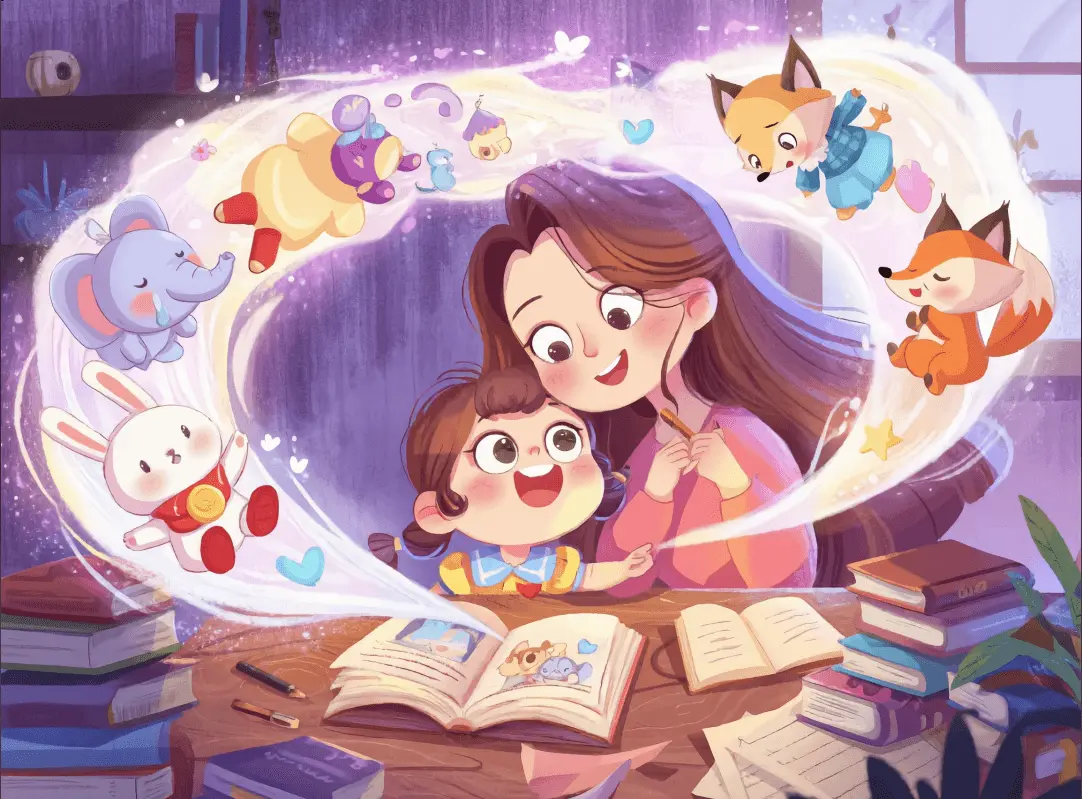How to Write a Children's Story Script for AI Picture Books: A Heartfelt Guide for Creative Parents & Educators

Introduction: Your Story Could Be a Child's Favorite Memory
Every child has that one story they'll remember forever—the one that made them laugh, dream, and feel safe. As parents, teachers, or storytellers, we have the power to create those magical moments. But turning your ideas into a captivating picture book can feel overwhelming.
The good news? With AI-powered tools like TaleLens, you no longer need to be a professional illustrator or writer to make it happen. This guide will show you how to write a children's story script that delights young readers and helps AI bring your scenes to life with stunning illustrations.
Step 1: The Golden Rules of Great Children's Stories
Before you start typing, keep these storytelling essentials in mind:
1. Keep It Simple and Clear
Young readers need a story they can follow easily. Stick to one main plot: a beginning, a little challenge, and a happy or hopeful ending.
💡 Example: "A little bear searches for his lost honey jar" is a simple premise kids can instantly connect with.
2. Create Lovable, Memorable Characters
Your hero could be a curious puppy, a shy robot, or a brave little girl. Give them a clear personality and goal so kids can root for them.
3. Use Repetition and Rhythm
Repeating certain lines or sounds makes the story fun and easy to remember.
💡 Example: Whenever the hero faces a challenge, they might say, "I'm not afraid, I'm not afraid, I'll keep going!"
Step 2: Writing a Script That Works Perfectly for AI Illustration
When using TaleLens, your story isn't just words—it's a series of pictures waiting to be created. The more vividly you describe each scene, the better the AI can draw it.
1. Think in Scenes, Not Just Sentences
Write each page as if you're describing a painting.
❌ Weak: "The bunny's friend arrived."
✅ Better: "In a sunny meadow dotted with daisies, the bunny shares a carrot with his friend—a fox wearing bright red boots."
2. Show Actions and Feelings
Tell the AI exactly what's happening and how the characters feel.
❌ Weak: "The elephant was sad."
✅ Better: "A tear sparkles in the elephant's eye. His trunk droops as he sits under a tall tree, looking heartbroken."
3. Choose the Right Art Style
TaleLens lets you pick from styles like Cartoon, Watercolor, or Digital Art. Match your style to the mood—playful, dreamy, or futuristic.
Step 3: Bring Your Story to Life
Here's your simple creative workflow:
- Pick Your Story Idea – Choose a theme or lesson you want to share.
- Write It in Scenes – Keep each one visually rich and emotionally clear.
- Select Your Style – Tell TaleLens how you want your story to look.
- Generate & Share – Watch your words turn into a beautiful picture book you can gift, print, or share online.
Conclusion: Your Storytelling Journey Starts Now
A children's picture book isn't just a product—it's a memory, a bedtime ritual, a bridge between your heart and theirs. With TaleLens, you can craft that memory today—without needing to draw a single line.
✨ Pick your story. Write your scenes. Let AI paint your world. ✨
Start your free TaleLens trial today—and give a child a story they'll never forget.